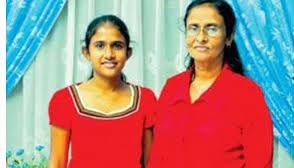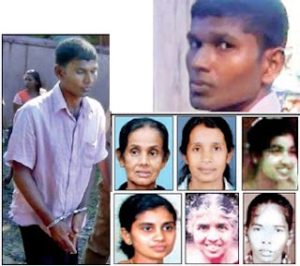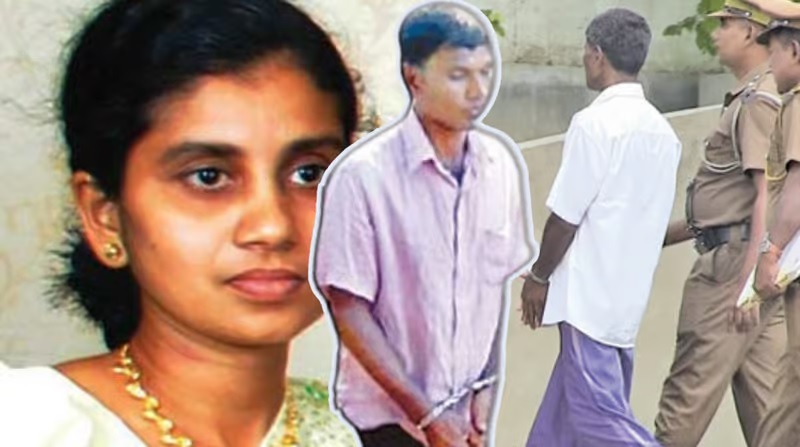DNA Unravels Crime: Kotakethana Murders Verdict Rests on Genetic Code

In a riveting courtroom drama at the Ratnapura High Court, DNA evidence emerged as the silent witness that sealed the fate of Neil Lakshman, the accused in the brutal Kotakethana double murder case. Despite the absence of eyewitnesses, the genetic code embedded in DNA played a pivotal role in convincing High Court Judge Lanka Jayaratne of the accused’s guilt.
The harrowing events unfolded on July 19, 2012, when Liyanarachchige Premawathie and her daughter, Hewagamage Pushpakumari, fell victim to a vicious attack, their lives ended by blows from a heavy, sharp weapon. The perpetrators, in a bid to conceal their heinous act, covered the lifeless bodies with a mattress and set them ablaze. However, vigilant neighbours intervened, managing to extinguish the flames and unveil the gruesome crime.
Neil Lakshman, the accused, vehemently asserted his innocence, claiming he was not present at the crime scene. However, the compelling force of DNA evidence contradicted his defense. High Court Judge Jayaratne, in delivering a verdict that echoed through the corridors of justice, questioned the accused’s assertion, demanding an explanation for the traces of his semen found on the murdered daughter.

The court’s decision to sentence Neil Lakshman to death hinged on the meticulous presentation of DNA evidence by the prosecution, led by Senior Deputy Solicitor General Lakmali Karunanayaka. The prosecution, undeterred by attempts to discredit the scientific evidence, successfully demonstrated beyond a reasonable doubt that the accused’s genetic imprint was inextricably linked to the crime.
In a comprehensive 147-page judgment, Judge Jayaratne commended the defense attorney, Attorney-at-Law Chaminda Konpitiya, for his spirited defense efforts on behalf of the accused. Despite the defense’s attempts to challenge the DNA evidence, the judge noted the absence of a credible alternative view that could effectively counter the scientific proof put forth by the prosecution.
The breakthrough in the Kotakethana case came in 2015 when Neil Lakshman was arrested following a DNA match. The genetic sample obtained from the accused aligned perfectly with the semen sample extracted from the murdered daughter, providing the missing link that allowed justice to prevail.
This landmark case serves as a stark reminder of the critical role DNA evidence plays in unravelling the truth, even in the absence of eyewitnesses. The genetic code, a silent storyteller embedded in every cell, can be the key to justice, shedding light on the darkest corners of criminal acts







